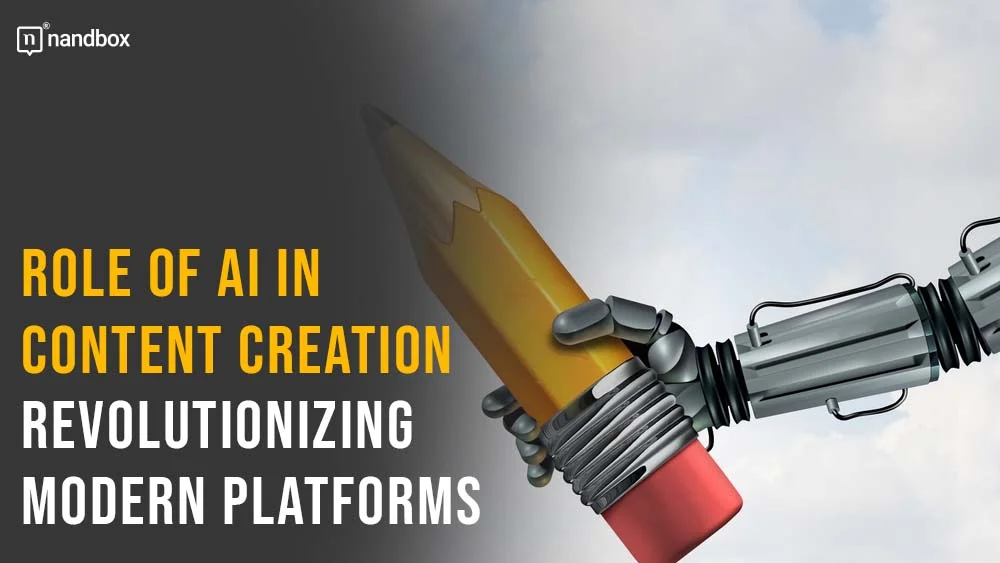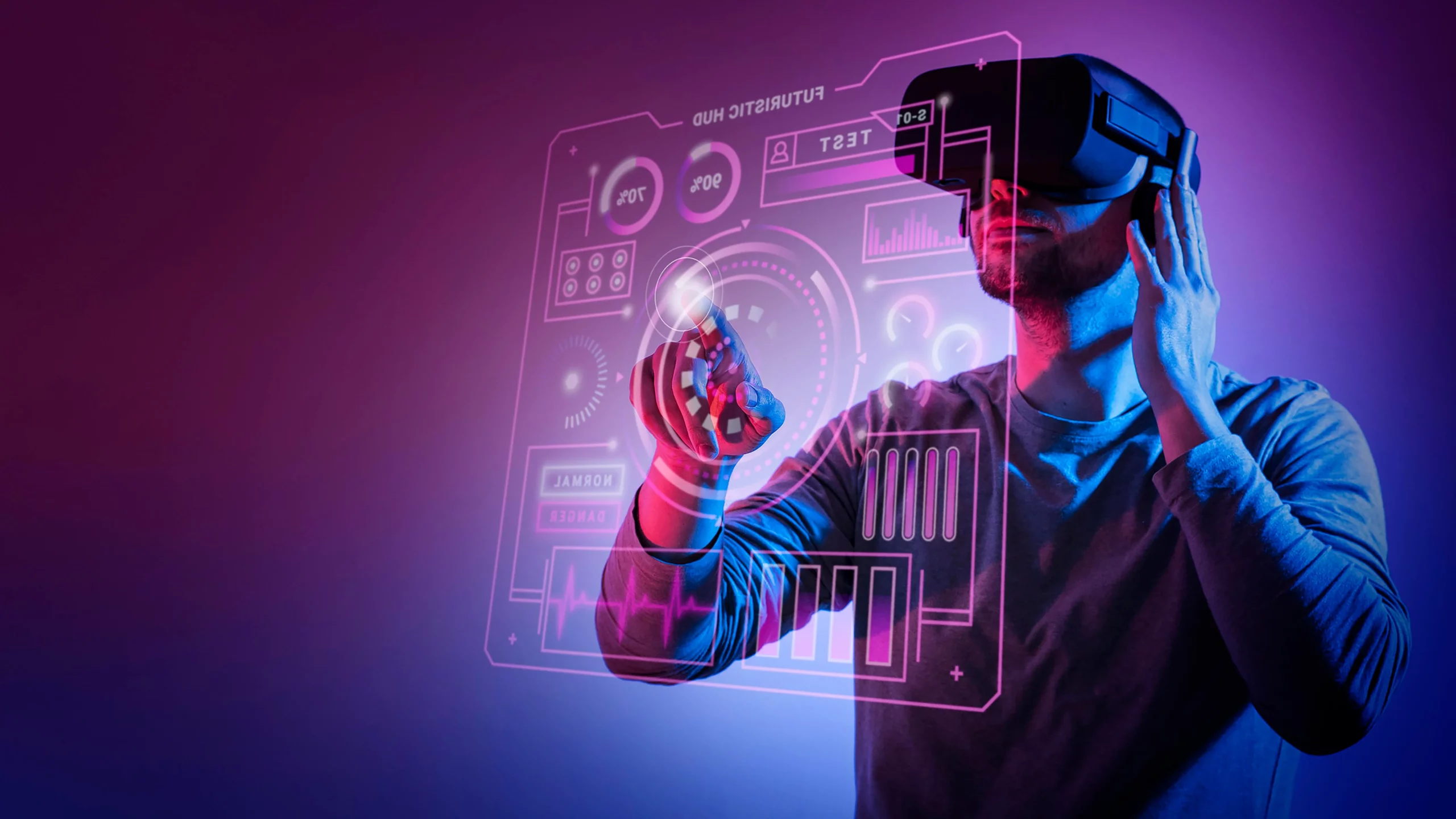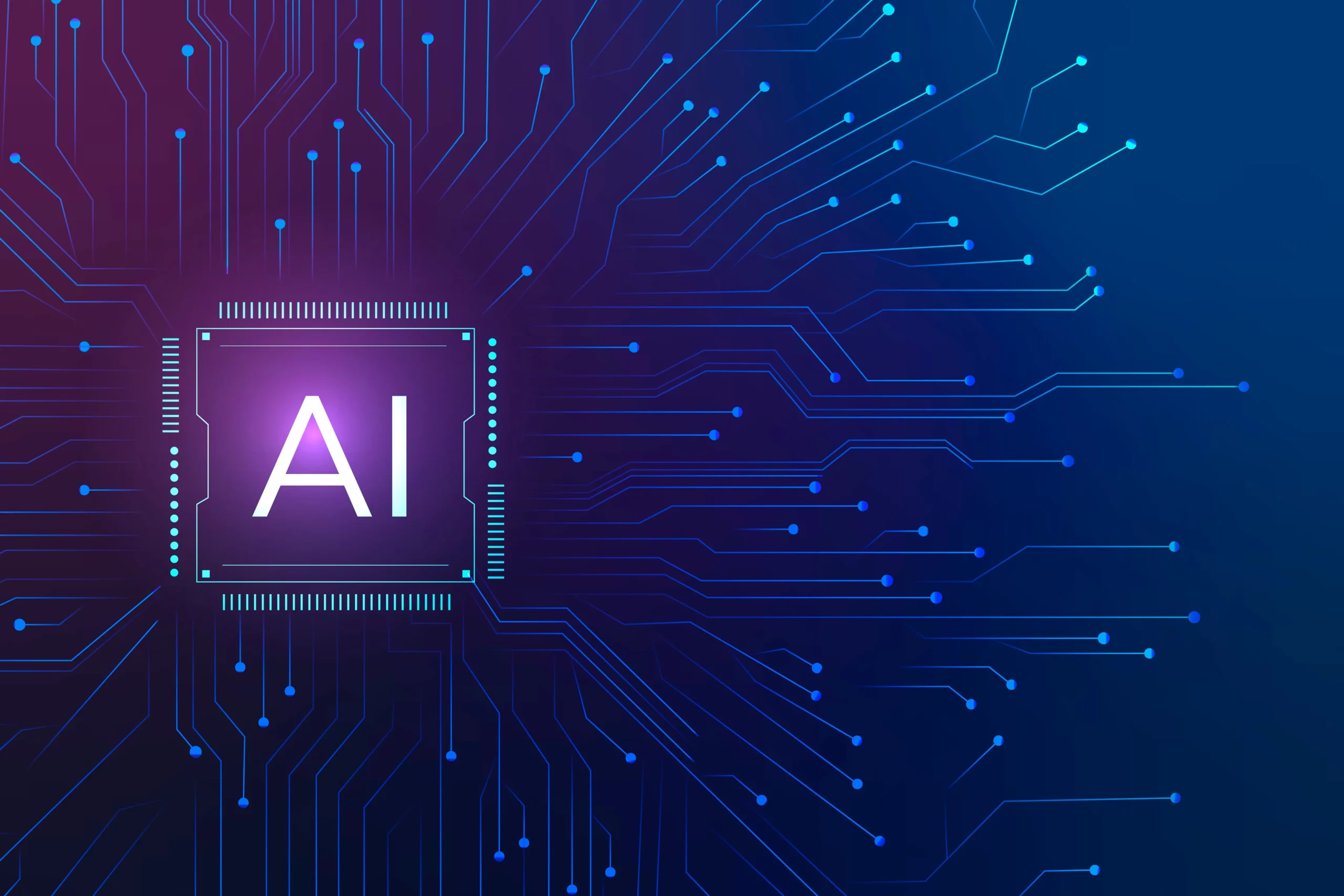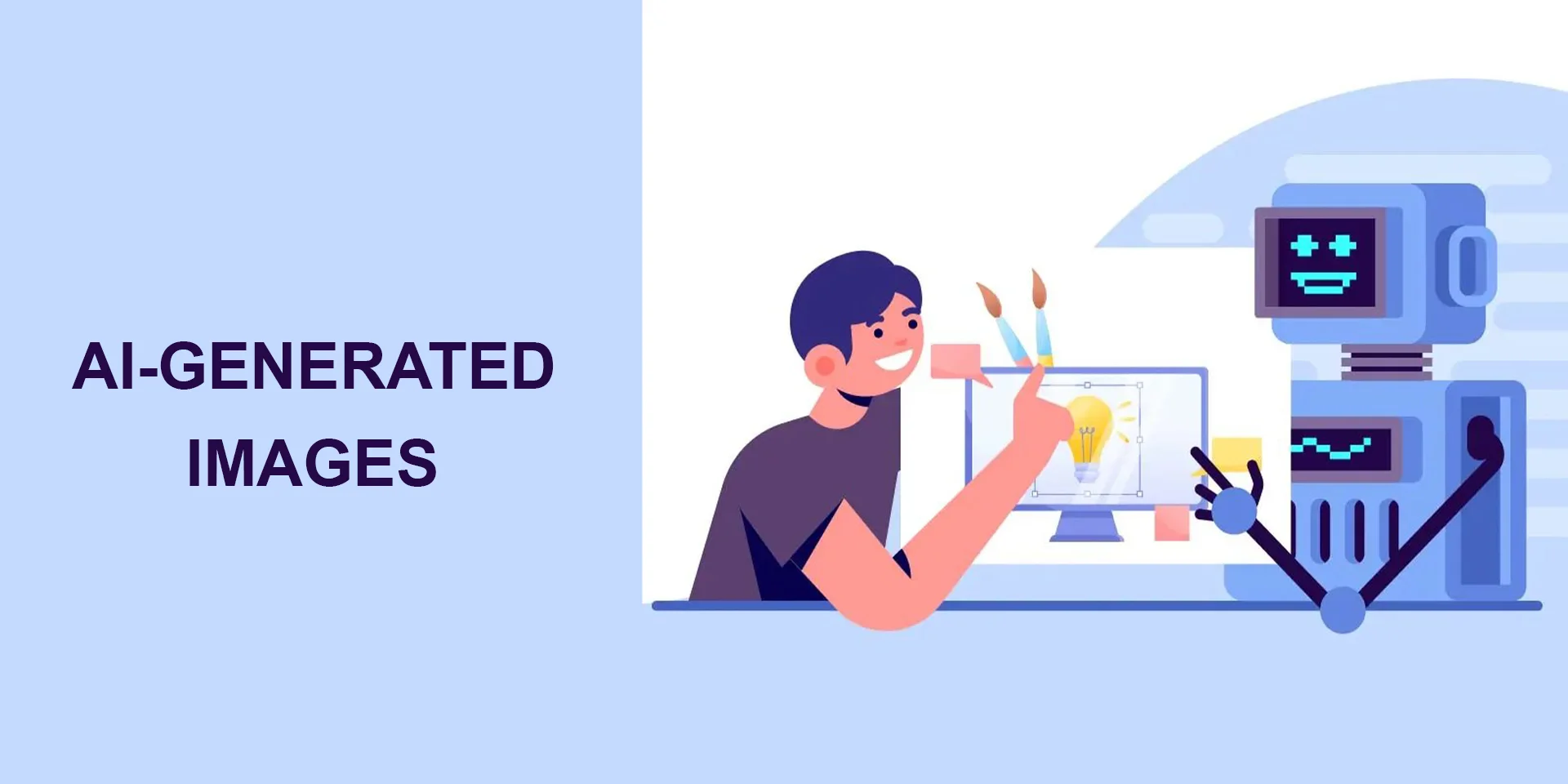Content has surrounded us in the fast world of today. Whether it is work, leisure time with family, or a long holiday trip, content in laptops, monitors, and smartphones has us glued. However, with content surrounding everyone, it might become impossible for content creators to create new content every now and then. This is where AI steps in. AI, or artificial intelligence, is super helpful and smart in this fast-changing world where the demand for out-of-the-box content is constantly rising. Here is how AI plays its role in content creation.
Role of AI in Content Creation
AI has significantly impacted content creation positively, meaning creators can now create more quality. Additionally, leveraging an AI social media management tool streamlines the content distribution process, ensuring timely and effective engagement across platforms. Conventional content development encompassed multiple steps, including coming up with ideas, writing them down, and perfecting them before distributing them.
Today, with the help of AI tools, these processes are becoming more simplified, enabling people who are into creating, innovation, and so on to have fewer of these burdens.
For instance, Foxy is a revolutionary AI platform that unites creative minds and their fans 24/7 with the help of modern AI technologies. This allows the creators to constantly update and interact with their target market while finding time to produce quality content.
Below are the ways AI has played a significant role in content creation in the digital era.
1. Automating Routine Tasks
One of the major benefits of integrating AI in content creation is that it reduces repetitive work for writers. Creative tools powered by AI can include research and writing content, as well as editing and optimization.
For instance, natural language processing (NLP) algorithms can write content and web content articles, blogs, and even books using simple topics of interest and specific keywords without much human input.
Another couple of tools that apply artificial intelligence in improving the editing process include Grammarly and Hemingway, which give feedback on real-time grammar, style, and readability. These tools are highly helpful not only because of the time they can cut short but also because of the professional quality of the final piece.
2. Enhancing Creativity
Instead of restricting the imagination, AI encourages innovators to think outside the box and develop the most unique ideas.
By applying deep learning algorithms and AI-based instruments, artists can draw unique visual images from plain text descriptions. These technologies enable newer forms of art to be produced and seen.
During the ideation stage, AI can be useful because it can analyze massive amounts of information to determine what kinds of subjects are popular and which audiences may prefer certain content.
Thus, artists may learn what appeals to the clients’ specified additional needs and, as a result, tailor their work to meet those requirements with heightened effectiveness.
3. Personalization and Targeting
Engagement is also essential to attract and retain an audience when the information is now easily available. Users receive recommendations based on targeted content matching their profiles as a result of AI’s computations.
This is indeed the strength of AI. Some websites apply personalization techniques by using AI algorithms to sort the content based on the user’s profile.
To enhance the chances of resonance and viral distribution, content providers should be able to modify the content they put out for specific groups of consumers.
Due to AI-based analytics, creators can adjust all actions and content types to impact the audience best by knowing their demographics, activity, and content popularity.
4. AI in Visual and Video Content Creation
The development of graphic and video material is not exempt from AI’s effect; it goes beyond text. AI-based tools are growing as effective means to generate, modify, and disseminate visual material and render its availability and appeal higher.
5. Automated Video Editing
With AI changing the editing process, video content has emerged as the predominant form of internet engagement. AI systems can automate color correction, audio improvement, scene selection, and transitions.
With the help of these tools, even artists with little technical experience may guarantee a polished result while saving time.
6. Generative Art and Design
Another area influenced by AI is generative art and design. Due to the fact that AI platforms employ neural networks to generate new artwork, artists may now experiment with more creativity and form or technique.
Logos, pictures, and even websites are designed independently, and the time required for such work is significantly reduced with the help of AI solutions that promote innovation.
7. Ethical Considerations and Challenges
AI in content production has many advantages, but there are obstacles and ethical issues that need to be taken into account. Originality, authenticity, and copyright are all under scrutiny as AI-generated material proliferates.
Differences between material created by humans and content generated by AI can get increasingly blurry as AI technologies become more advanced, raising possible concerns about content ownership and intellectual property.
Furthermore, using artificial intelligence (AI) to create content might make bias and false information problems worse. Because AI algorithms can only be as good as the material they are trained on, inaccurate and biased information may be produced that reinforces preconceptions.
A key component of reducing these dangers is making sure AI technologies are open, equitable, and responsible.
Conclusion
Since AI can automate repetitive chores, boost creativity, and enable customization and targeting, it transforms the content production process.
Creators can now focus more on creativity and quality since it streamlines tasks like writing, editing, and video creation.
Bright for future content production, AI provides countless chances for creativity and interaction.





